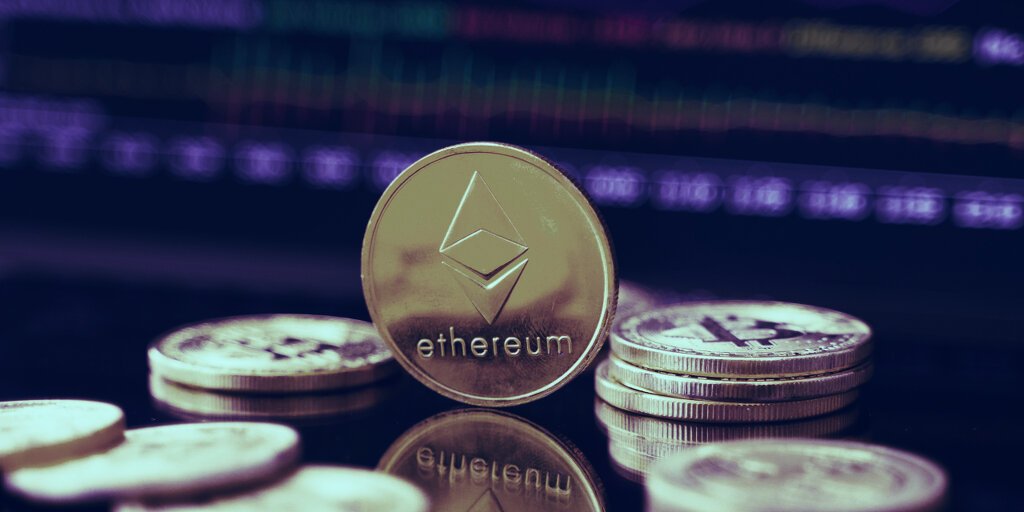Just three months ago, Ethereum was selling for under $2,000 after a swift comedown from a record $4,350 in May. Now, it’s back on the upswing.
The price of ETH has jumped 8% in the last 24 hours to scrape past $3,800 for the first time since early September, according to data from Nomics.
There’s no one cause for today’s bump. The protocol is midway between updates, Elon Musk hasn’t started tweeting about it, and the SEC hasn’t hinted about approving an Ethereum ETF. But when you zoom out, you can see a longer upward trend. The price of Ethereum has swollen by over 900% in the past year.
At least four factors have contributed to this.
First, the network’s core developers are making steady progress toward Ethereum 2.0, which will move the blockchain from its current proof-of-work algorithm to proof of stake. The move, which replaces miners with “staked” validators to process transactions and provide security, promises faster transactions and lower fees—a major concern for a network that frequently becomes congested.
There are multiple reasons for that congestion, but the rise of decentralized finance (DeFi) last fall and increasing popular interest in NFTs—the unique digital tokens that convey ownership of a digital or real-life collectible or asset—are chief among them. DeFi originated on the Ethereum network, and while Solana, Binance Smart Chain, and others have created their chains to be compatible with peer-to-peer lending and trading applications, Ethereum is still responsible for over two-thirds of the total value floating around in DeFi, according to DeFi Llama.
NFTs, too, first came to life on the Ethereum network before being adopted to other chains, including Stacks and Flow. The largest NFT marketplace, OpenSea, sports a monthly trading volume in the billions, while NFT-based game Axie Infinity now has over half a billion in monthly trading volume, per the latest statistics from DappRadar.
With Ethereum as the lingua franca connecting users to DeFi, NFT, games, and other applications—all of which are gathering more users and funds—demand for ETH is up.
Importantly, however, supply has slowed. An August upgrade to the network meant that transaction fees that would have gone to the network’s miners instead went into a separate wallet, where they would be effectively destroyed. The upshot is that, with every new block created, a little bit of ETH disappears forever, slowing the rate of inflation and helping pump the price.





















